Strangle Knot (Double Overhand)
Form a loop and pass the end through the loop twice to form a Double Overhand knot. Twist the knot to look like a figure 8. Slide this double loop onto the pole and pull tight. If the knot is laid incorrectly, the knot becomes a less secure half knot beside the two loops.

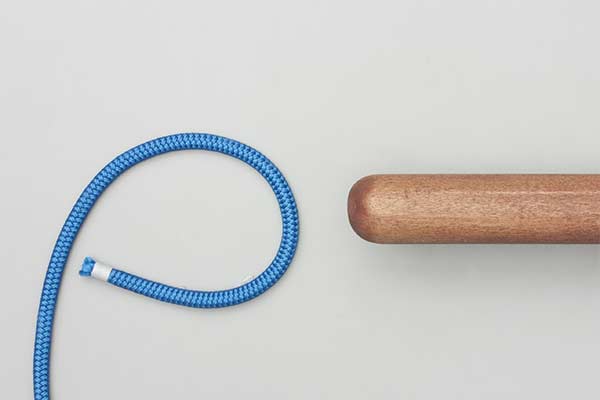
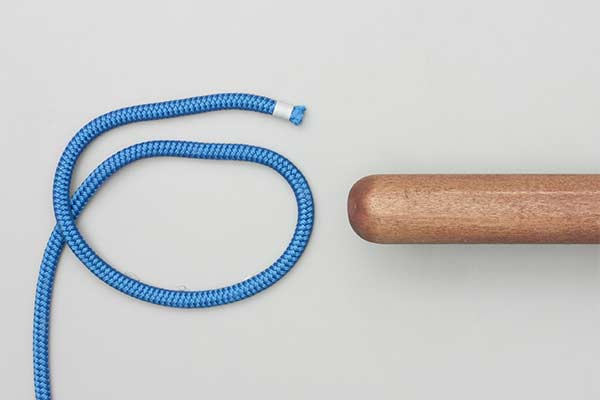
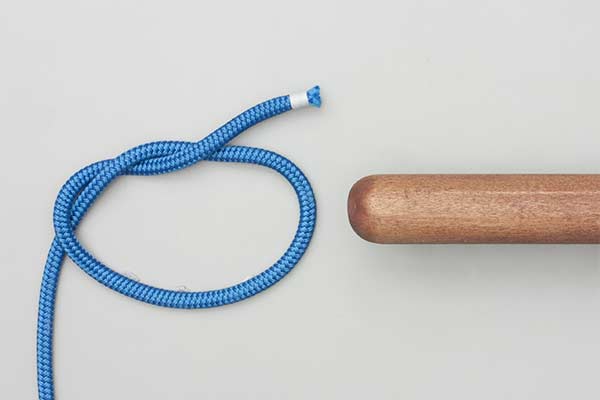
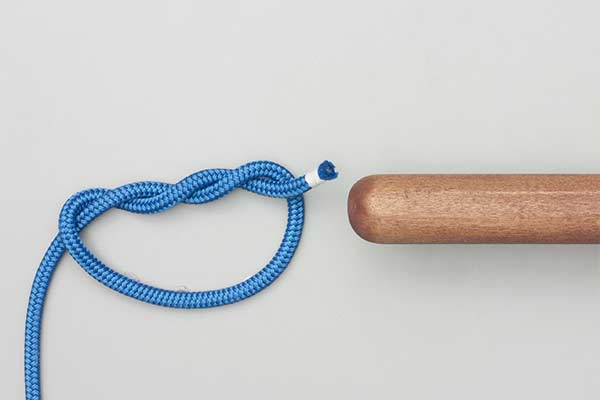
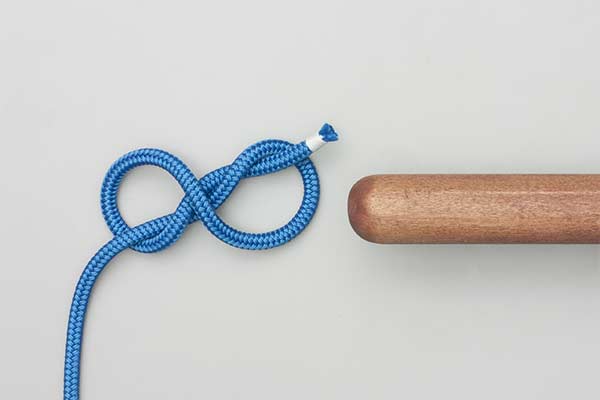
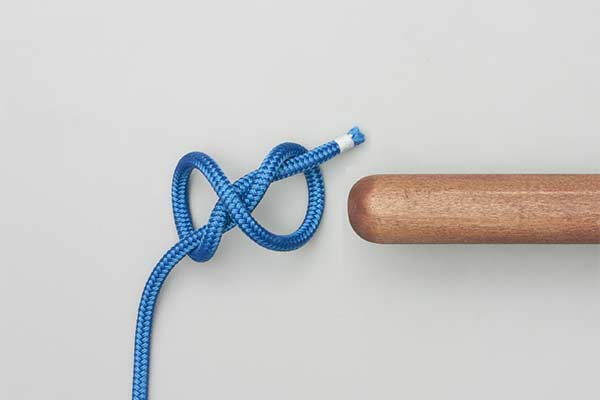


Strangle Knot (Using Double Overhand) Details
Uses: The Strangle Knot (ABOK # 1239, p224) is essentially the same as the Double Overhand Knot (ABOK # 526, p 84.) as shown in the animation.
Alternative techniques: In addition to using the Double Overhand method as shown in the animation, it can also be tied by Threading the End around a pole or rope.
Applications: A Strangle knot makes a reasonably secure temporary whipping and can be used to secure the neck of a bag or sack.
Disadvantages: The Strangle is less secure than the Constrictor Knot and cannot be tied by just twisting a loop. In addition, there is a significant risk of it being laid down wrongly so that it only forms a half knot beside two turns (see the final frame in the animation).
Release: Like the constrictor, the knot can be hard to undo - a knife may be necessary. If so, the binding strand should be cut over the other strands to protect the underlying rope.
Rope Size: The pictures here show the rope tied in large diameter rope. This is only for the photography. It is normally tied in twine or other small diameter line.

